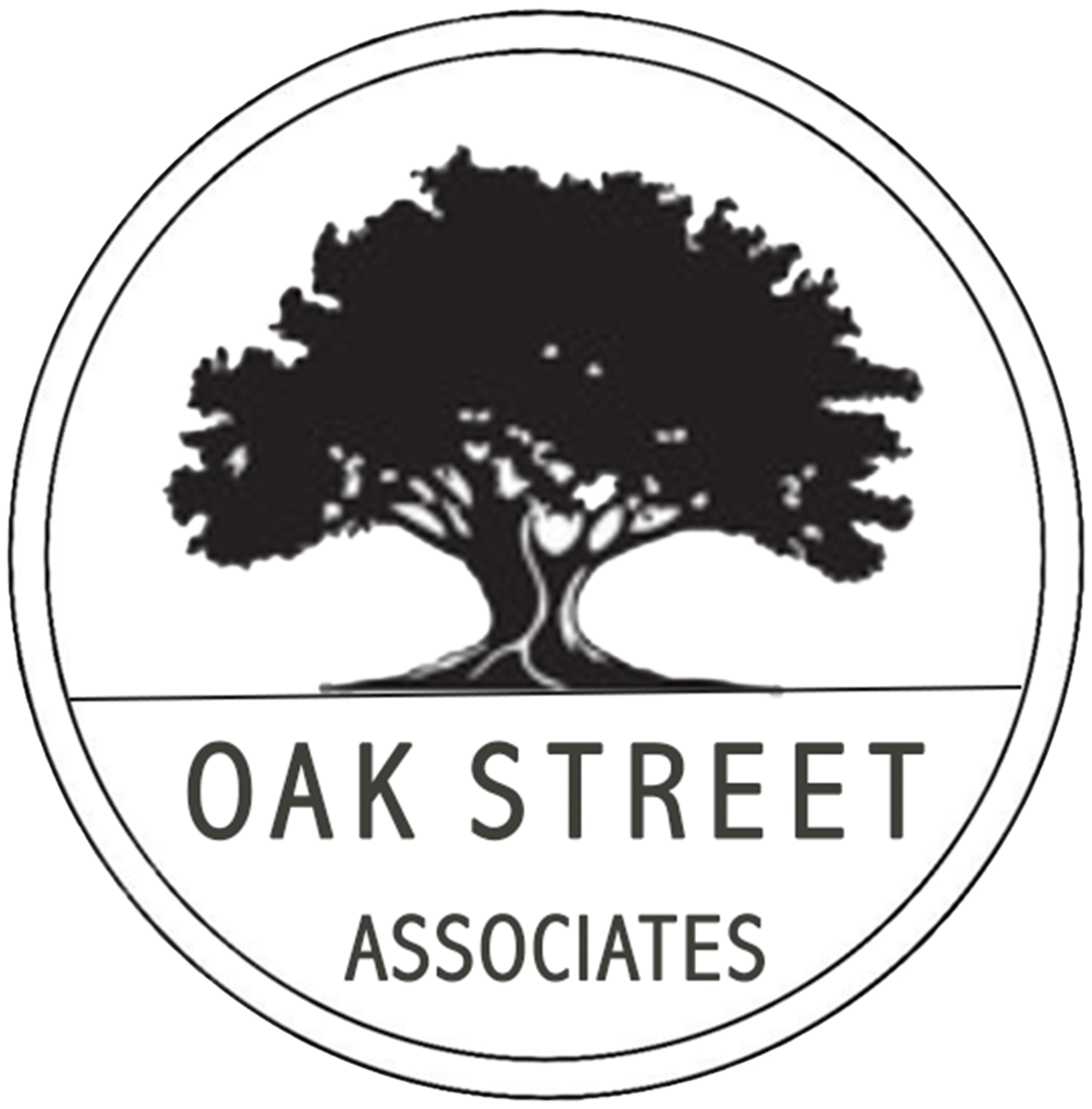Optimize My SERP
- oakstreetassociates
- Sep 22, 2021
- 4 min read
If you’ve had the fortunate opportunity to witness your site outranking other sites, then you know that feeling you get is somewhere up there with the term priceless. In today’s world, markets are more competitive than ever and requires even the most seasoned website developers, designers, and SEO specialists to keep up with best practices to give their company a shot at holding the #1 ranking positions on search engines.
There are typically two strategies to hold the number one spot: SEO and SEM (search engine marketing). The SEO strategy should be prioritized and optimized over time and in its nature, is a long game approach where optimizations can take anywhere between 2-6 months to see the full effect in your page ranking SERP (search engine results page). With that being said, the value of a sound SEO plan and implementation plan will prove to be second to none. The best part about it is SEO is essentially free, if you don’t consider time as a hard cost (as creating a rolling up good, digestible content is a job in itself). On the contrary, SEM is not a free approach to SEO. SEM is a form of Internet marketing that involves the promotion of websites by increasing their visibility in search engine results pages primarily through paid advertising.
More often than not, you see both SEO and SEM every time you perform a google search. Anytime a search result displays an ad, that’s because the company is running an SEM campaign. The con of relying heavily on SEM is that once the campaign is finished or you decide to pause said campaign, then the site loses its artificial ranking and the only thing they have left is their organic search traffic, which may be little at best if their site's SEO hasn’t been continually optimized.
Today, we want to touch briefly on how to improve your SEO SERP positions without performing an entire new site redesign. In other words, let’s call it optimizing a website to boost conversions. Typically the projects require us to focus on these four main components:
SEO Optimizations
Keyword Strategy
Content Optimization
Layout Improvements
1. SEO Optimizations:
If you have a current site that could use some tender, love, and care, reanalyzing your SEO performance is a good place to start. Most websites have rolled out a series of new content and information of the lifespan of the site and may have fallen off course with the original SEO strategy that was designed and built when the site was first created. A good place to start is to look at all these factors:
Keyword Research
Keyword Optimization (both long-tail and short-tail)
Advanced backend structured data (JSON-LD) implementation
Title Optimization
Content Optimization
Optimize Site Navigation
Optimize HTML Heading Tags
Indexed Contact Information
Is the website responsive to all breakpoints?
Alt text with keywords
Font/size/contrast best practices
Metadata modification to align with keyword strategy
Trailing slashes/slugs
301 redirects
And more
2. Keyword Strategy:
Although this falls under the umbrella of SEO optimizations above, this is arguably the most important step and should be reiterated. The better sites usually start with this before they even attempt to start building a site and the reason being is that these keywords dictate where and how your site will be positioned and displayed on search engines. There are a lot of great tools out there that help marketers perform competitive keyword research. One of our personal favorites, and free tools, is SpyFu. But MOZ and keywords everywhere are something we use routinely as well.
The takeaway here is that the keyword strategy is your bread and butter in terms of your sites discoverability and searchability. The greatest influence in a site's search ranking is good digestible content for the crawlers to index. The content should be continually rolled out and should align to your overall SEO strategy. Hence why blogs and social media channels are great tools for increasing organic traffic!
3. Content Optimization:
This may sound like a no brainer but for sites that have not been updated in a while, it's a good idea to start updating and optimizing content to your current SEO and keyword strategy. Granted, this does not mean forcing keywords into the content you have today but rather find some time to rewrite some of the content and make sure it’s easily readable and digestible content. You’ll get brownie points with the crawlers that way.
If you don’t have a customer communications/marketing communications plan in place today, it’s a great idea to get one in the works. Content creation and curation is a great way to build more links with your valuable keywords and content.
4. Layout Improvements:
This is an important step for many sites that may have been developed a couple years ago. Over time, Google and other search engines have released updates that impact sites ranking algorithms. It’s important to not only stay up with the modern day best practices but also make sure that your site is taking full advantage by taking proactive action to get a step ahead of the competition. Think of layout improvements in the mind of both your users and the search engine bots (crawlers). Both will follow the site the way you build it and if done correctly you should see a lower bounce rate, higher conversions, and a higher SERP ranking.
If you are considering possible ways where you can boost your site organically without doing a full redesign, we encourage you to get in touch with one of our team members. No matter the complexity of the site project, we have experience working with all sorts of businesses across different industries and sizes. Set up a free consultation that works for you here.




Comments